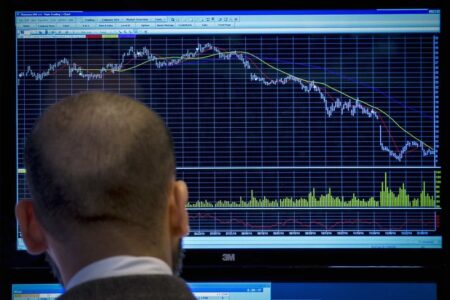© Reuters.
CIMB Niaga, the Indonesian subsidiary of CIMB Group Holdings Bhd, reported net profits for the first nine months of the fiscal year 2023 in line with expectations. However, the bank may face future challenges due to declining net interest margins (NIMs) and a potential slowdown in loan growth. The bank’s earnings for this period stood at IDR4.90 billion (USD1 = IDR15,905), constituting 80% of the consensus’ full-year estimates.
Despite achieving record results in the third quarter of FY23, the bank foresees difficulties due to rising funding costs and an unfavorable rate environment in Indonesia. As a result, it has revised its FY23 NIM target. The firm attributes a 2% year-on-year increase in net interest income to an expanded loan and shariah financing book, along with an 8% rise in non-interest income primarily from improved loan recoveries.
Several research firms have maintained their ratings for CIMB. Kenanga Research maintains its ‘outperform’ rating and Gordon growth model-derived target price (GGM-TP) of RM6.30 for CIMB. It emphasizes the bank’s regional diversification and net order imbalance indicator (NOII), despite potential risks such as higher margin squeeze, slower loan growth, asset quality deterioration, and changes in the overnight policy rate.
AmInvestment Bank continues its ‘buy’ call with a fair value of RM6.60 (USD1 = MYR4.7630) for CIMB. It cites a positive Jaws ratio, a dividend yield of 6.4%, controlled operating expenditure due to higher personal expenses, and improved asset quality from cost take-out contribution as reasons for its rating.
HLIB retains its ‘hold’ recommendation and GGM-TP of RM6.10, predicting lower NIMs in the fourth quarter of 2023 due to Bank Indonesia Rupiah Securities and pre-emptive provisions ahead of the general election.
The GGM-derived TP of RM6.30 is sustained alongside an ‘Outperform’ call for CIMB, which boasts a 4-star ESG ranking, better forward earnings growth, attractive dividend yields, and a return to double-digit ROE thanks to progress in green financing initiatives. However, risks include margin squeeze, slower loans growth, asset quality deterioration, capital market slowdown, currency fluctuations, changes to OPR, and issues with its corporate portfolio.
This article was generated with the support of AI and reviewed by an editor. For more information see our T&C.
Read the full article here












